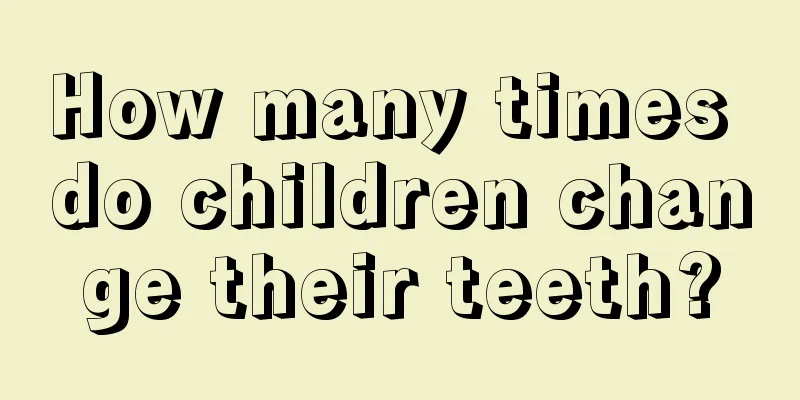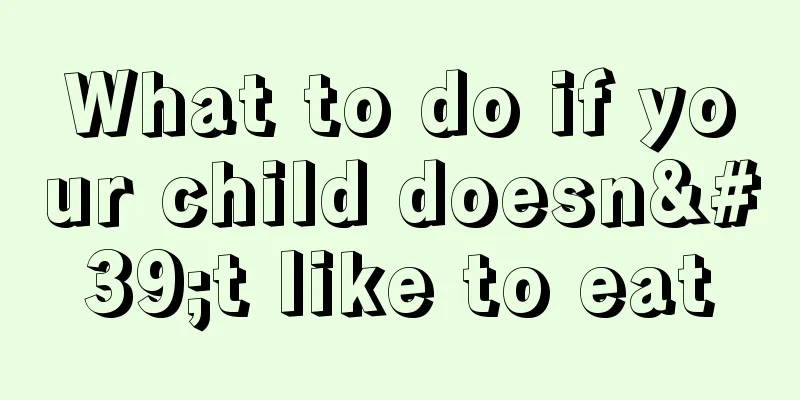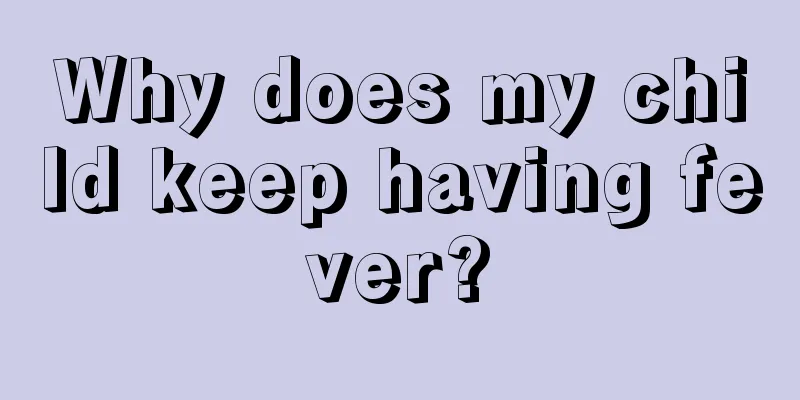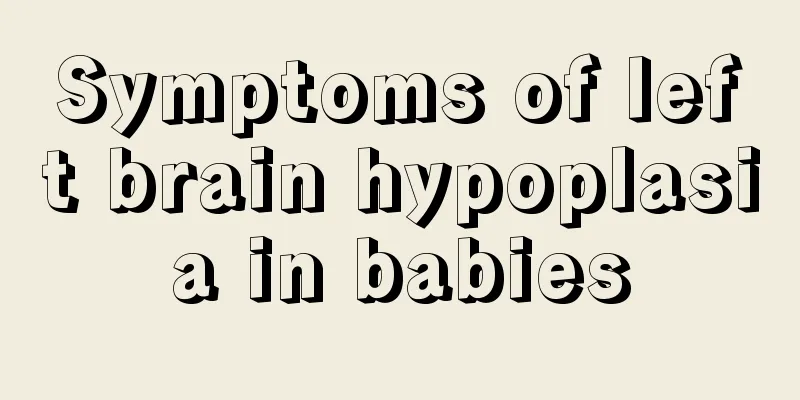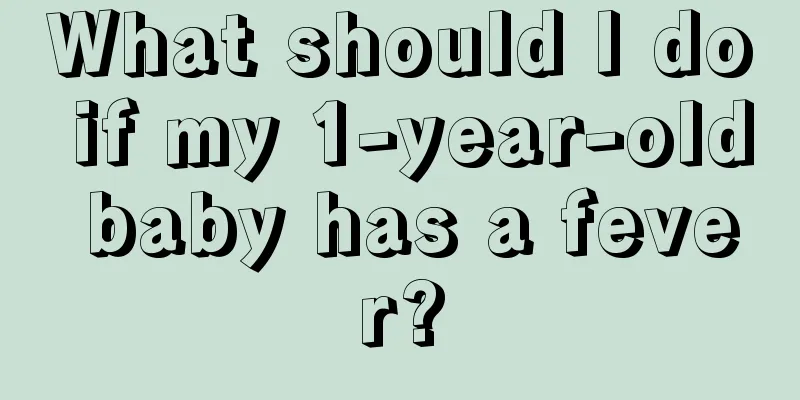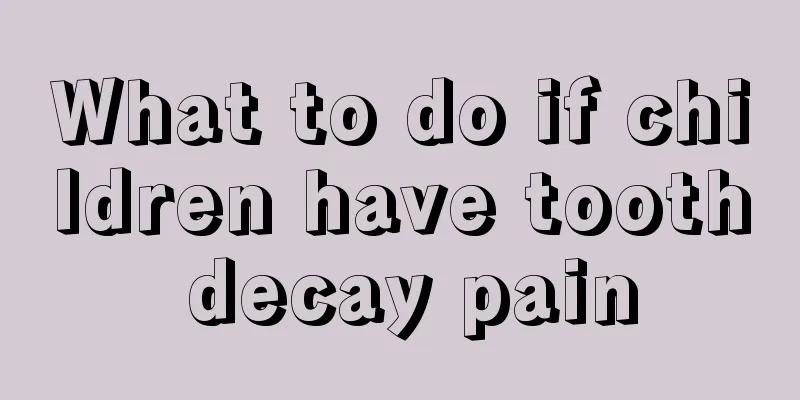How to treat sinusitis in children
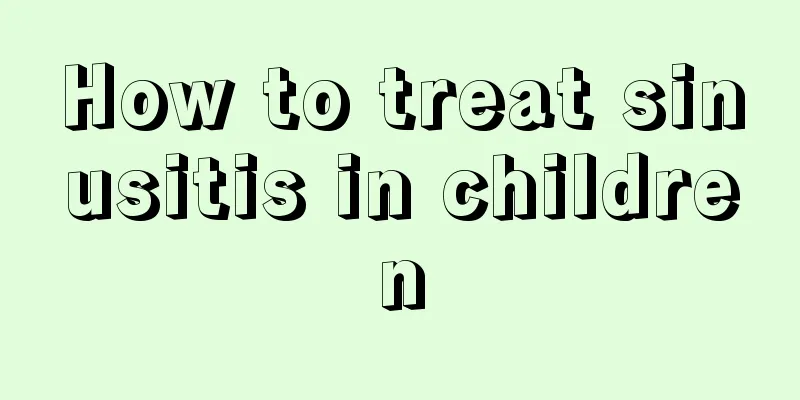
|
There are many people around us suffering from rhinitis, which is a particularly common nasal disease. Moreover, the incidence of rhinitis is getting younger and younger, and many children also have symptoms of rhinitis. Sinusitis is a type of rhinitis. In the early stages of the disease, it is very similar to a cold, with nasal congestion, runny nose, fever, etc. How to treat sinusitis in children? In addition to traditional Chinese medicine, what other better treatments are there? Traditional Chinese medicine treatment: Jiang's rhinitis ointment is commonly used in traditional Chinese medicine treatment. The traditional Chinese medicine formula includes 30 grams of Xanthium sibiricum, 20 grams of Magnolia officinalis, 35 grams of Scutellaria baicalensis, 4 grams of Asarum, 25 grams of Angelica dahurica, 10 grams of Gentiana scabra and other Chinese herbal medicines. It is done through manual process, with careful selection of medicines, drying, grinding, and external application twice a day. It is not only effective for children's rhinitis, but also has good effects on other rhinitis. Currently, there are two methods used for children with allergic rhinitis: one is to avoid allergens, and the other is sublingual immune desensitization therapy. Specific immunotherapy: allergic rhinitis caused by dust mites. The patient's immunological indicators also changed before and after sublingual dust mite immunotherapy. Because the sublingual mucosal tissue is thin, these Langerhans cells located on the mucosal surface will capture the signal of the presence of allergens when they come into contact with antigens. The allergen vaccine can be quickly absorbed, thereby initiating a desensitization reaction. Including increased serum IgG4 levels and improved Th2/Th1 cell ratio. Since the drug is administered sublingually, serious adverse reactions such as anaphylactic shock usually do not occur. A very small number of patients may occasionally experience mild rash or mild diarrhea, which can be recovered by stopping treatment or reducing the dosage. The mechanism of sublingual desensitization therapy is that there are a large number of Langerhans cells in the sublingual mucosa, which absorb trace amounts of dust mite allergens and process them into mite polypeptide information, which are then presented to Th0 cells, causing the Th0 cells to transform into Th1 cells, thereby preventing the occurrence of allergic reactions. What is the best way to treat sinusitis in children? Traditional Chinese medicine treatment is targeted, has little harm to humans, and will not affect the baby's health. Specific immunotherapy has become particularly popular in recent years. During the treatment, patients will not feel any pain. It is the safest and most advanced therapy with obvious therapeutic effects. |
<<: What to do if your child has a sore neck
>>: The dangers of chronic sinusitis in children
Recommend
What are the reasons for itchy ears in children?
The ears are a part of the body that people pay m...
How to solve the problem of breastfeeding baby not eating bottle
Many mothers will find that they have been breast...
Can children's astigmatism and myopia be cured?
If children have astigmatism and myopia, they can...
Why does my child keep farting?
There are many happy things in the process of tak...
What should children eat in spring to grow taller?
Development has always been a matter of concern t...
Causes of baby anorexia
Babies are at the age of growing up, so the baby&...
What to do if your 2-year-old baby is timid
In life, many parents pay special attention to ev...
How to treat ringworm in children?
A lot of bubbles suddenly appeared on the child&#...
What should I do if my child’s penis is red and swollen?
A friend of mine has a very young child. But when...
Can a child be cured if he or she has asthma?
Asthma attacks occur in people of all ages, and c...
What should I do if my child’s front teeth fall out and never grow out?
When a child's front teeth fall out and never...
Can babies drink tangerine peel water when they have a cough?
Tangerine peel is a common Chinese medicine in ou...
What are the ways to increase your child's height?
Nowadays, many parents are concerned about their ...
What tests should be done for children's precocious puberty
Some children may have organic lesions of the cen...
How to make sesame paste for babies
A complete guide to making sesame paste for babie...
